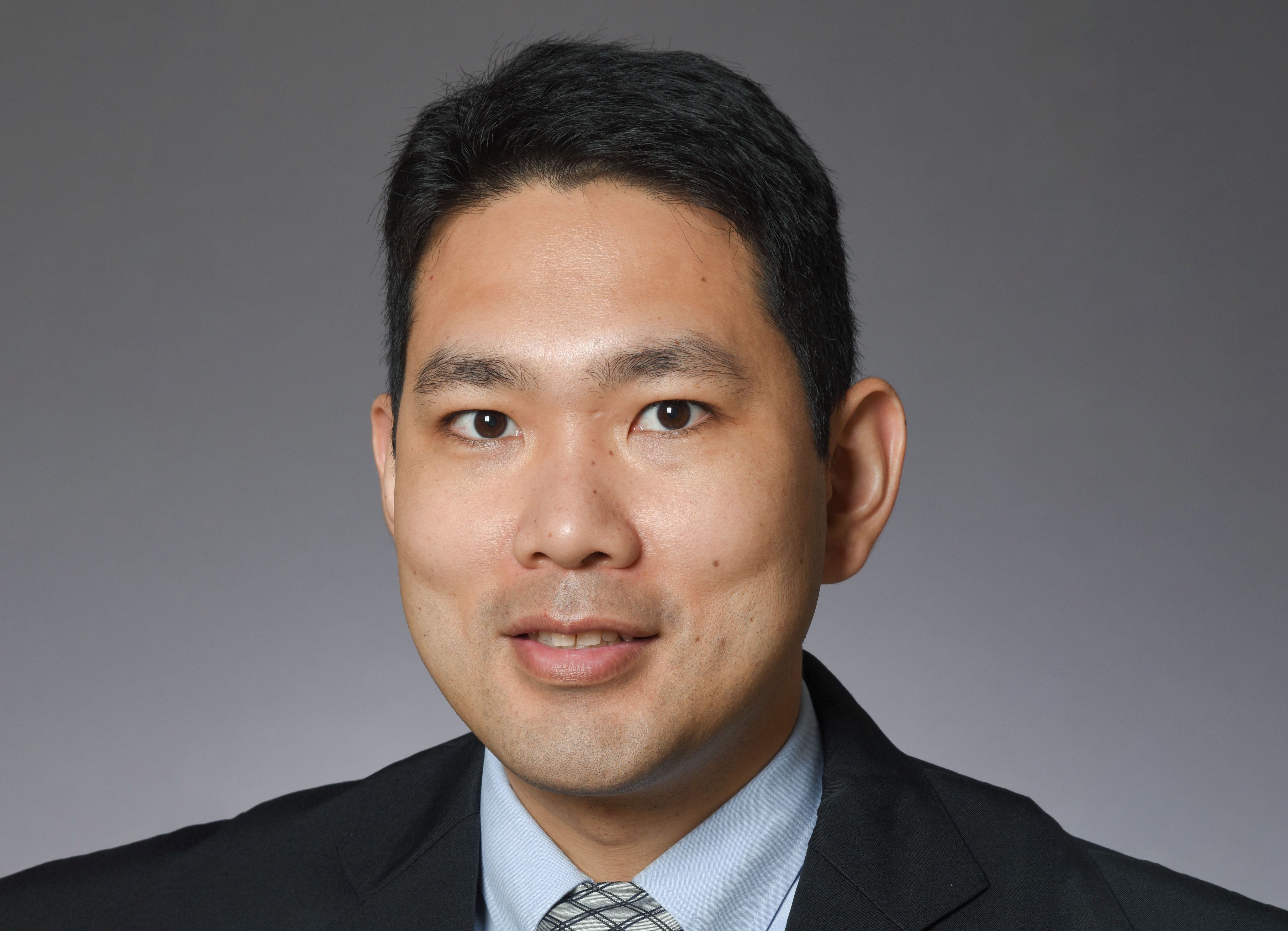Age is Just a Number: New Study Shows Older Donor Livers Hold the Key to Saving More Lives
The Approach Expands the Donor Pool and Decreases Wait Times for Older Recipients

As the need for liver transplants continues to surge globally amid a critical shortage of organs, a study published in the Journal of Liver Transplantation by New York Medical College faculty reveals promising advantages of using older donor livers for older recipients. The approach not only expands the donor pool but also decreases recipient wait times and lowers the discard rate of less-than-optimal organs.
“As the population ages and medical conditions leading to liver failure increase, the previous rules that were designed around the age of the recipient and donor meant to preserve the long-term safety of liver transplantation are being challenged,” says Kenji Okumura, M.D., assistant professor of surgery and lead author on the study. “While progress has been made at individual transplant centers to meet local needs, we wanted to investigate the nationwide impact of providing individualized care where the conventional status quo is tested by not only transplanting patients over 70 but also utilizing organs from donors over 50 to provide this life-saving care to a larger population.”
Despite suitable organ function, based on the chronological age and probable longevity of organs from older donors, the transplant community had considered these organs to be marginal and had hesitated to use these organs for transplantation, especially for younger candidates. Similarly, as older candidates wait longer on the waitlist, they have a greater chance of death or of becoming ineligible for transplant because of various medical complications. “These factors make the safe expansion of the donor pool critical,” says Dr. Okumura.
Dr. Okumura and his fellow researchers found that the use of carefully selected livers from donors older than 50 offered a viable option for septuagenarian liver transplant candidates by lowering their waitlist time and maximizing organ utilization without compromising the transplant outcomes.
As this strategy becomes more common, Dr. Okumura says questions that remain to be answered include how old is too old for donors and recipients and whether any objective modalities besides chronological age help define age in terms of function and quality of life.
As for Dr. Okumura’s advice for his fellow physicians, “Please consider referring your patients with liver disease to transplant centers early in their treatment plan. As the field advances, the many conditions including age that were once considered an absolute contraindication for liver transplant, may not be true anymore. A personalized approach to transplant where the right donor is matched with the right recipient offers the best chance for short-term and long-term transplant outcomes.”

